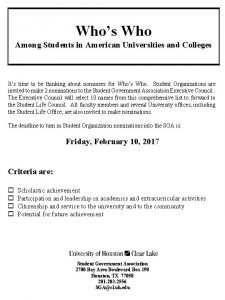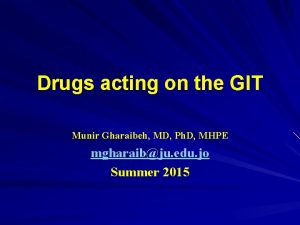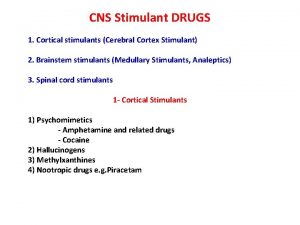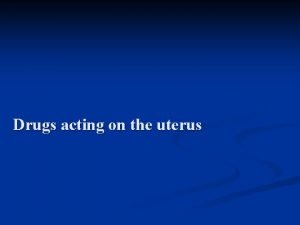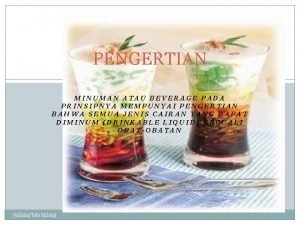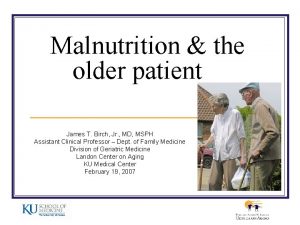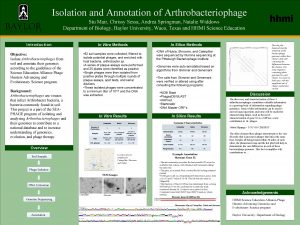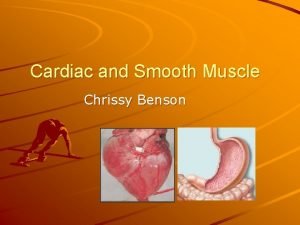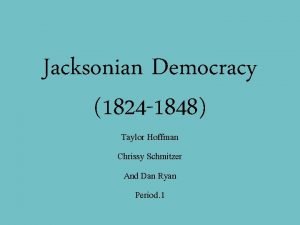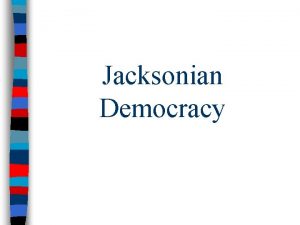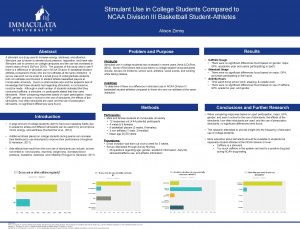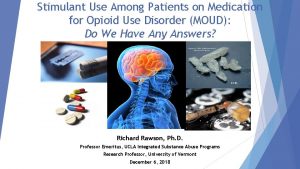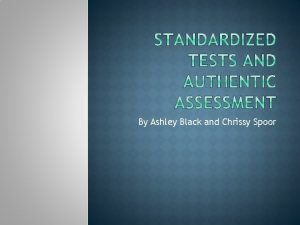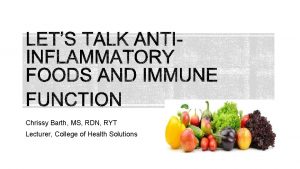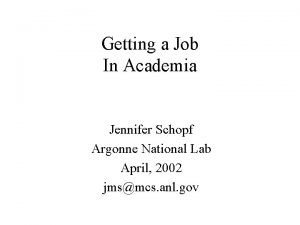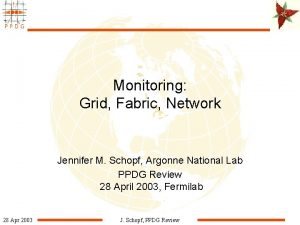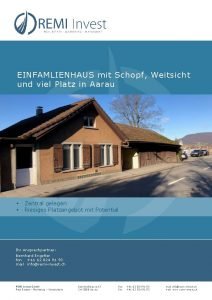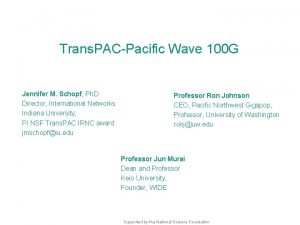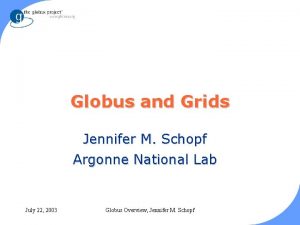NONMEDICAL STIMULANT USE AMONG COLLEGE STUDENTS Chrissy Schopf












- Slides: 12

NONMEDICAL STIMULANT USE AMONG COLLEGE STUDENTS Chrissy Schopf

Prescription Stimulant Medication • Used to treat Attention-Deficit/Hyperactive Disorder (ADHD) • Examples: Ritalin, Adderall

Reasons for Nonmedical Stimulant Use • Improving attention and concentration • Staying awake • Improving grades • Partying • Increasing social skills

Harmful Effects of Nonmedical Stimulant Use • • Addiction Adverse reactions Illegal consequences Drug interactions – Such as combining this drug with alcohol or any other substance http: //www. youtube. com /watch? v=-r. X 5 RXAH 1 qc

Ethical Discussion Questions • Is it fair to those students abiding by the law and not taking stimulants to improve academically? • Is this an informal way of cheating? • For distributors: Are they willing to be responsible for the adverse reactions that may occur on the user from taking this drug in a nonmedical way?

http: //www. youtube. com/watch? v=j. Hs. Zmw. L 0 -Ms

Legal Discussion Questions • For the user: Are they willing risk the possible consequences imposed by the law and the university? • For the distributer: Are they willing to risk the consequences if something goes wrong with the person they gave this medication to or if they are caught?

Educational Issues • Unwillingness to talk about substance use • Does not recognize it as a problem • Becoming widespread and accepted by peers • Nonmedical users aren’t being monitored by a doctor • Unaware of the harmful side effects • Assume that because it’s a prescription drug it is not dangerous • Dangers in combining this drug with alcohol – Results could be very harmful, even fatal

Social Issues The more students talk about it, the more students will be curious enough to try it. • 61. 8% of college students offered stimulants for nonmedical use at least once by year 4 • 31% having used it at least once (Garneir-Dykstra et al, 2012)

Counselor Techniques Lowering factors: Strengthening factors: • Environmental stressors • Physical vulnerabilities • • • Coping skills Self- esteem Support Resources General life-styles (Coyne et al, 1994)

Counseling Implications of Future • Raising awareness and prevention • Educate students, parents and faculty • Workshops and information sessions • Mandatory educational programs for first-year students • Posters around campus • Counselors: – Awareness of their own feelings about the subject – Avoiding judgment towards students

References: Conye, R. K. , Wagner, D. I. , Hadley, T. D. , Piles, M. A. , Schorr-Owen, V. , & Enderly, M. T. (2001). Applying primary prevention precepts to campus substance abuse programs. Journal of Counseling & Develoment, 72, 603 -607. Retrieved from EBSCOhost database. Dodge, T. , Marzell, M. , Williams, K. J. , & Turrisi, R. (2012). Judging cheaters: Is substance misuse viewed similarly in the athletic and academic domains. Psychology of Addictive Behaviors, 26(3), 678 -682. http: //dx. doi. org/10. 1037/a 0027872 Garnier-Dykstra, L. M. , Caldeira, K. M. , Vincent, K. B. , O'Grady, K. E. , & Arria, A. M. (2012). Nonmedical use of prescription stimulants during college: Four-year trends in exposure opportunity, use, motives, and sources. Journal of American College Health, 60(3), 226 -234. http: //dx. doi. org/10. 1080/07448481. 2011. 589876 Hartung, C. M. , Cleveland, C. S. , Mignogna, M. J. , Correia, C. J. , Clapp, J. D. , Canu, W. H. , . . . Leffingwell, T. R. (2013). Stimulant medication use in college students: Comparison of appropriate users, misusers, and nonusers. Psychology of Addictive Behaviors, 27(3), 832 -840. http: //dx. doi. org/10. 1037/a 0033822
 Who's who in american colleges and universities
Who's who in american colleges and universities Sucalfate
Sucalfate Cortical stimulants
Cortical stimulants Dinoprostone gel uses
Dinoprostone gel uses Perbedaan drink dan beverage
Perbedaan drink dan beverage Summary of malnutrition
Summary of malnutrition Chrissy sessa
Chrissy sessa Chrissy benson
Chrissy benson Chrissy drew this graph
Chrissy drew this graph Chrissy schmitzer
Chrissy schmitzer Chrissy schmitzer
Chrissy schmitzer Among the four students of class v radha meera
Among the four students of class v radha meera Table 1 shows the distribution of scores among students
Table 1 shows the distribution of scores among students
